Bangkok, Thailand’s bustling capital, is a city that blends the old with the new. On my recent trip, I had the chance to explore its many layers, from cultural spots to modern skyscrapers, all set against the backdrop of a bustling city. In this blog post, I’ll share my experiences navigating Bangkok’s lively streets and tasting its diverse culinary offerings. This journey through Bangkok is not about the highlights you might find in a guidebook but rather a personal reflection on what makes this city unique.
Transportation
We used a Southeast Asian-based super app (Grab) to get us a ride from the airport to our hotel (the ride cost us just a little more than 10 dollars). In fact, ride-hailing via the app is highly recommended as alternative to taxis as many Thais do not speak English.
For tourists traveling in a group and landing at Bangkok Airport, an affordable and convenient option for hotel transfer is to book a van online. This service offers a cost-effective way to ensure a smooth and comfortable journey to your accommodation. Airport transfers from Suvarnabhumi Airport can be booked online via Klook.
Bangkok Mass Transit System (BTS)
The Bangkok Mass Transit System, commonly known as the BTS or Skytrain, is an efficient and convenient way to navigate the city. The BTS consists of two main lines: the Sukhumvit Line and the Silom Line, connecting major areas of Bangkok. It is straightforward to use, with clear signage in both Thai and English. Stations are generally clean, well-maintained and equipped with escalators and elevators for accessibility. The cost of a BTS ride ranges from 16 to 59 Thai Baht, depending on the distance travelled. Tickets can be purchased from ticket machines at each station, and frequent travellers might prefer using the rechargeable Rabbit Cards.
Additionally, there are One-Day Passes offering unlimited travel within a day, which is ideal for tourists. The BTS is busiest during peak hours (7:00-9:00 AM and 5:00-7:00 PM), so traveling outside these times can provide a more comfortable experience. The BTS also connects with other transportation modes, such as the MRT (subway), buses and river ferries, facilitating easy transfers across the city. Overall, the BTS is a reliable and cost-effective way to explore Bangkok.
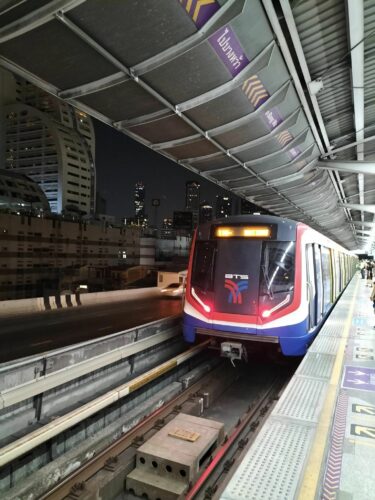
Accommodation
We stayed at the Centara Watergate Pavilion Hotel Bangkok, which cost USD 130 for a base room including breakfast. The hotel’s facilities include a rooftop bar with panoramic city views and its strategic location makes it an ideal base for exploring nearby attractions like Pratunam Market, Erawan Shrine and Central World, all within walking distance.
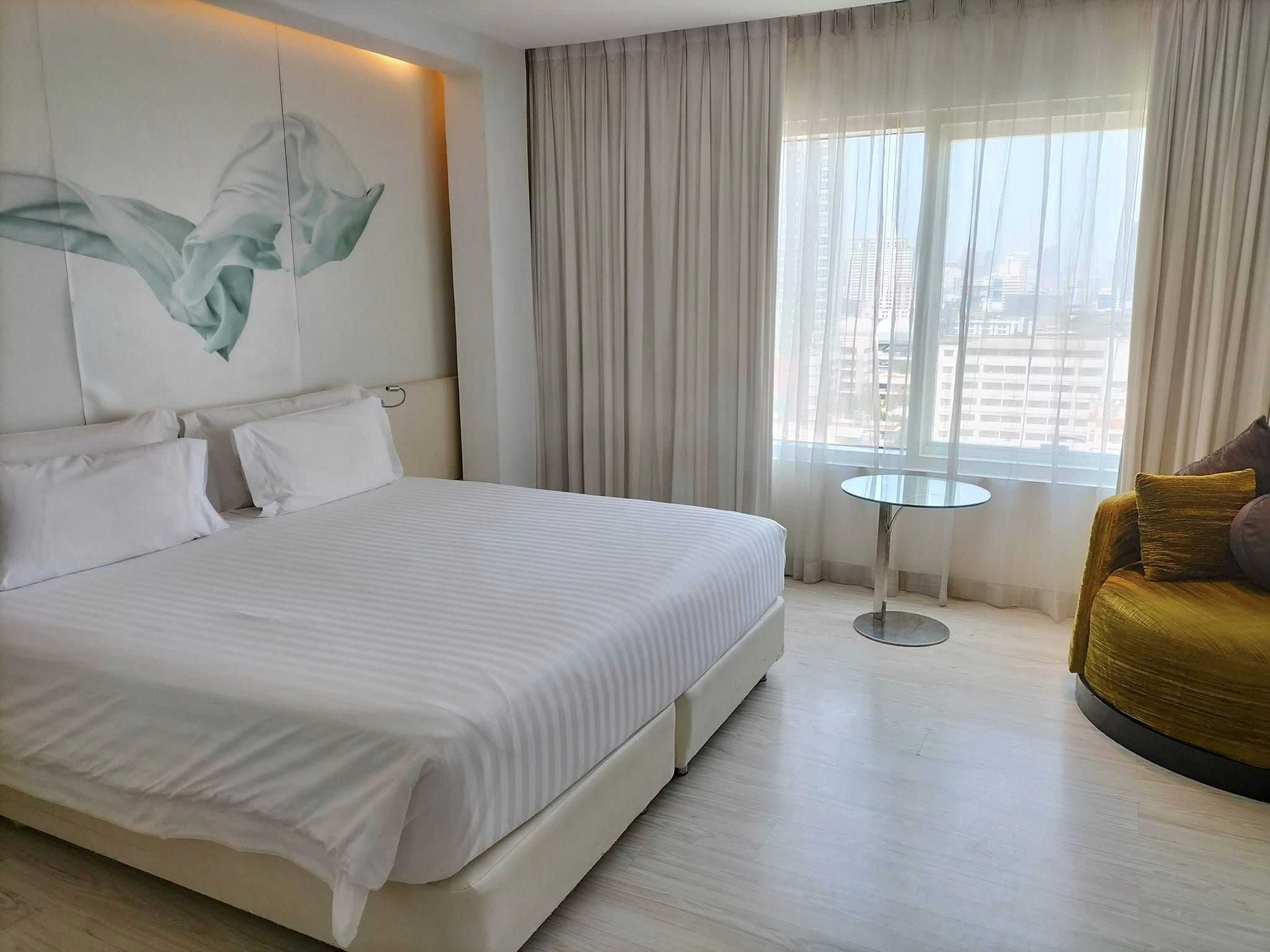
Bangkok Attractions
1. ICONSIAM
ICONSIAM is a large mixed-use development located on the banks of the Chao Phraya River. It has a shopping mall, residential buildings and entertainment facilities. The complex houses a variety of retail outlets, dining options and cultural attractions, including a museum and an indoor floating market. Its architecture blends modern design with traditional Thai elements.
Its unique attractions include SookSiam, an indoor floating market replicating traditional Thai markets and ICONLUXE, a luxury zone with high-end brands and striking architecture. The complex includes River Park, an outdoor space for events with scenic river views and True ICON Hall, a modern event venue. Other highlights are the ICONSIAM Heritage Museum, a multimedia water-and-light show, and the Takashimaya department store, offering a mix of shopping, dining, entertainment, and cultural experiences.
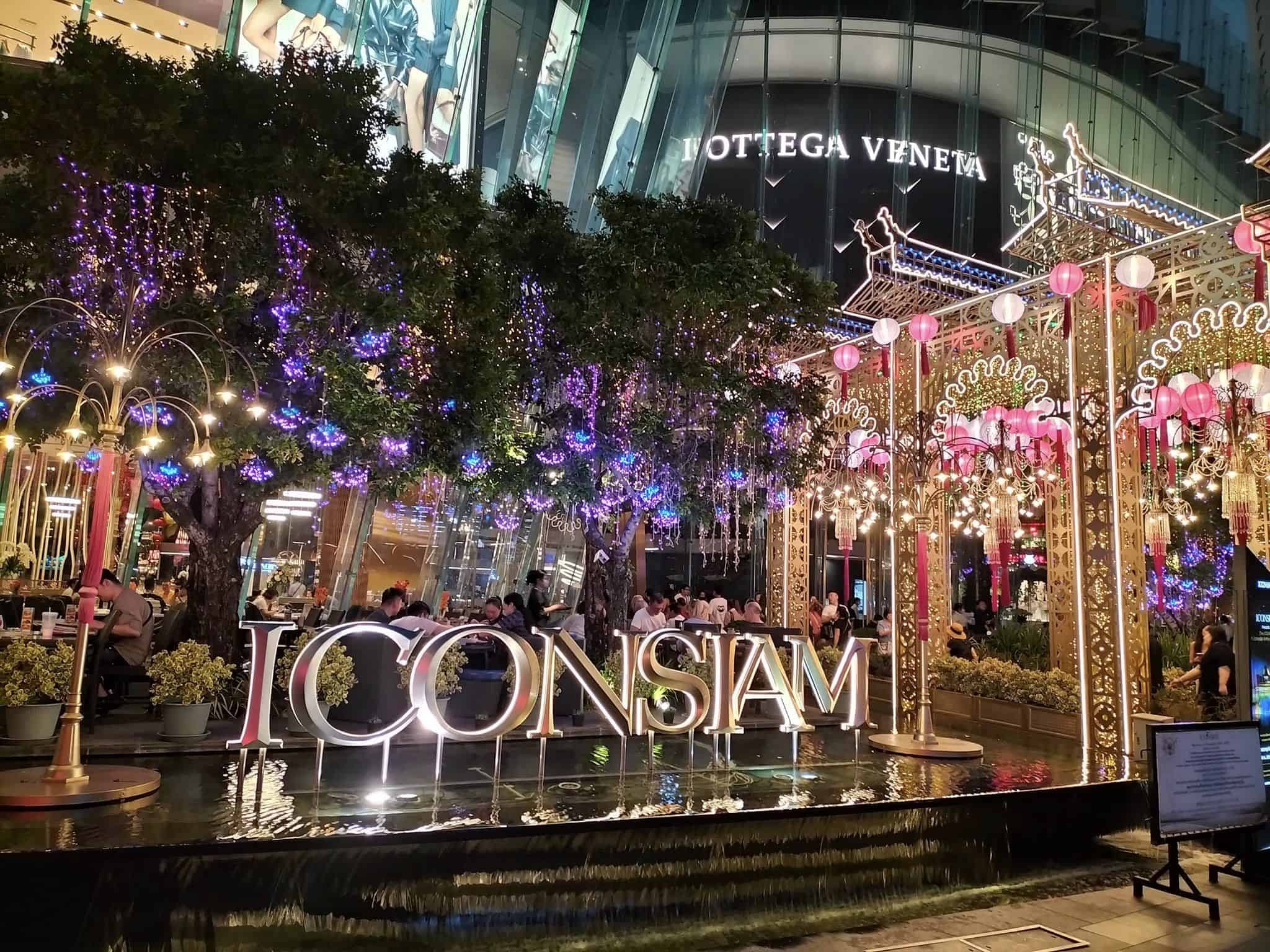
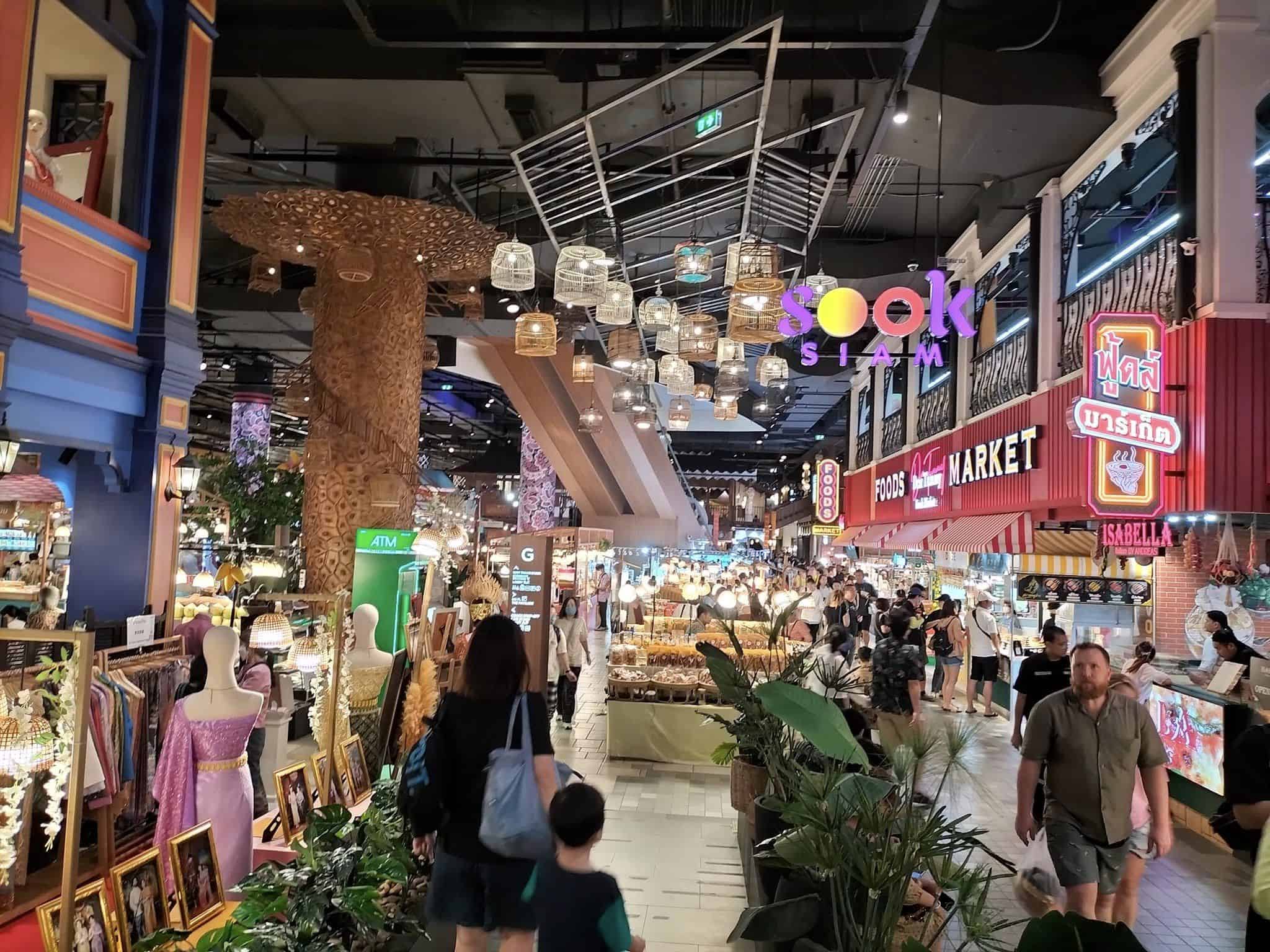
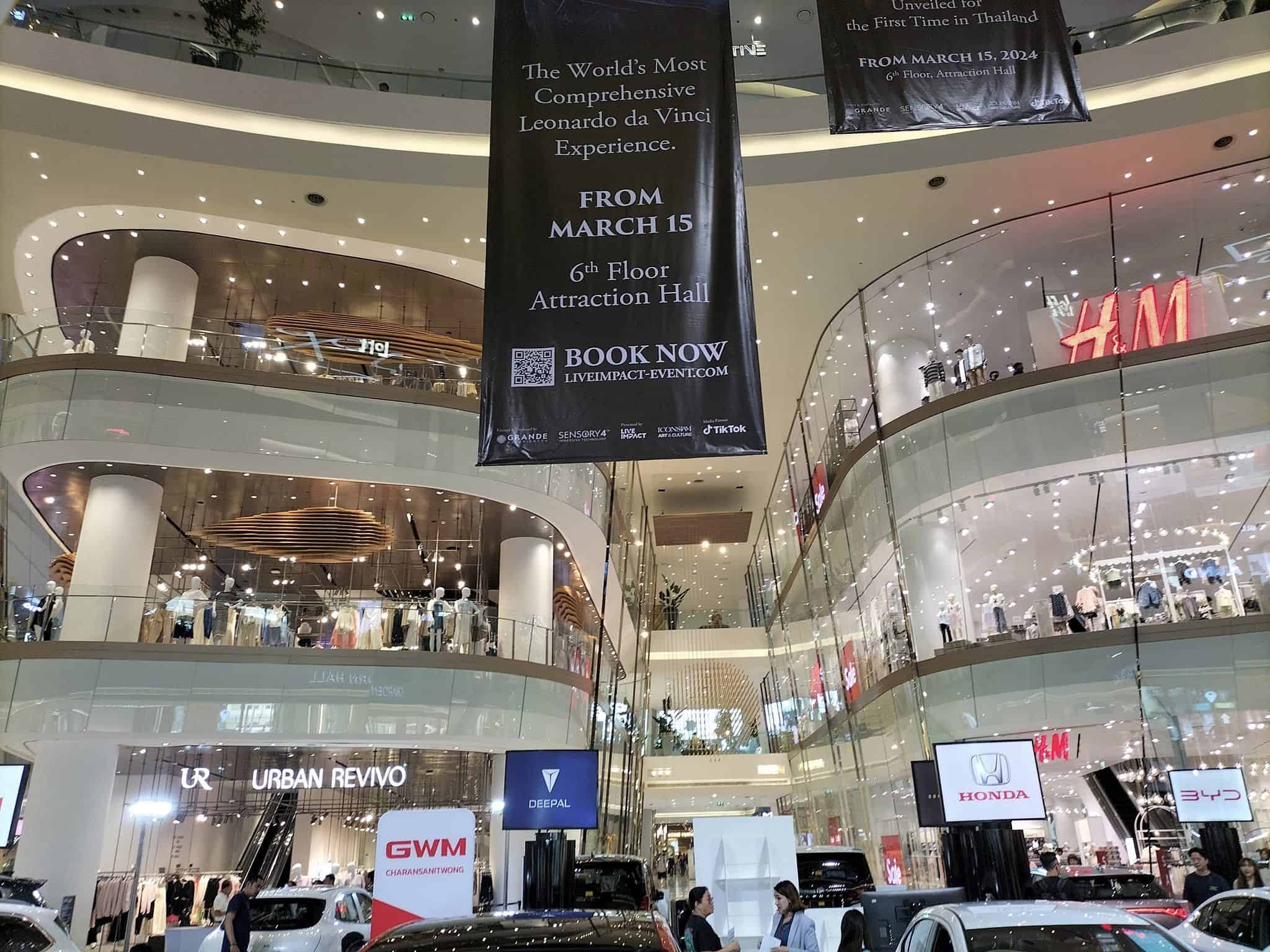
2. Boat Ride
The Saputra boat ride, adjacent to ICONSIAM, offers a scenic journey along the Chao Phraya River. This ride provides passengers with picturesque views of Bangkok’s skyline and iconic landmarks. The boat operates as a convenient and enjoyable mode of transport to and from ICONSIAM, allowing visitors to experience the river’s vibrant activity and historic significance. It is a popular choice for both tourists and locals seeking a unique perspective of the city from the water. It operates daily from 9:00 AM to 11:00 PM.
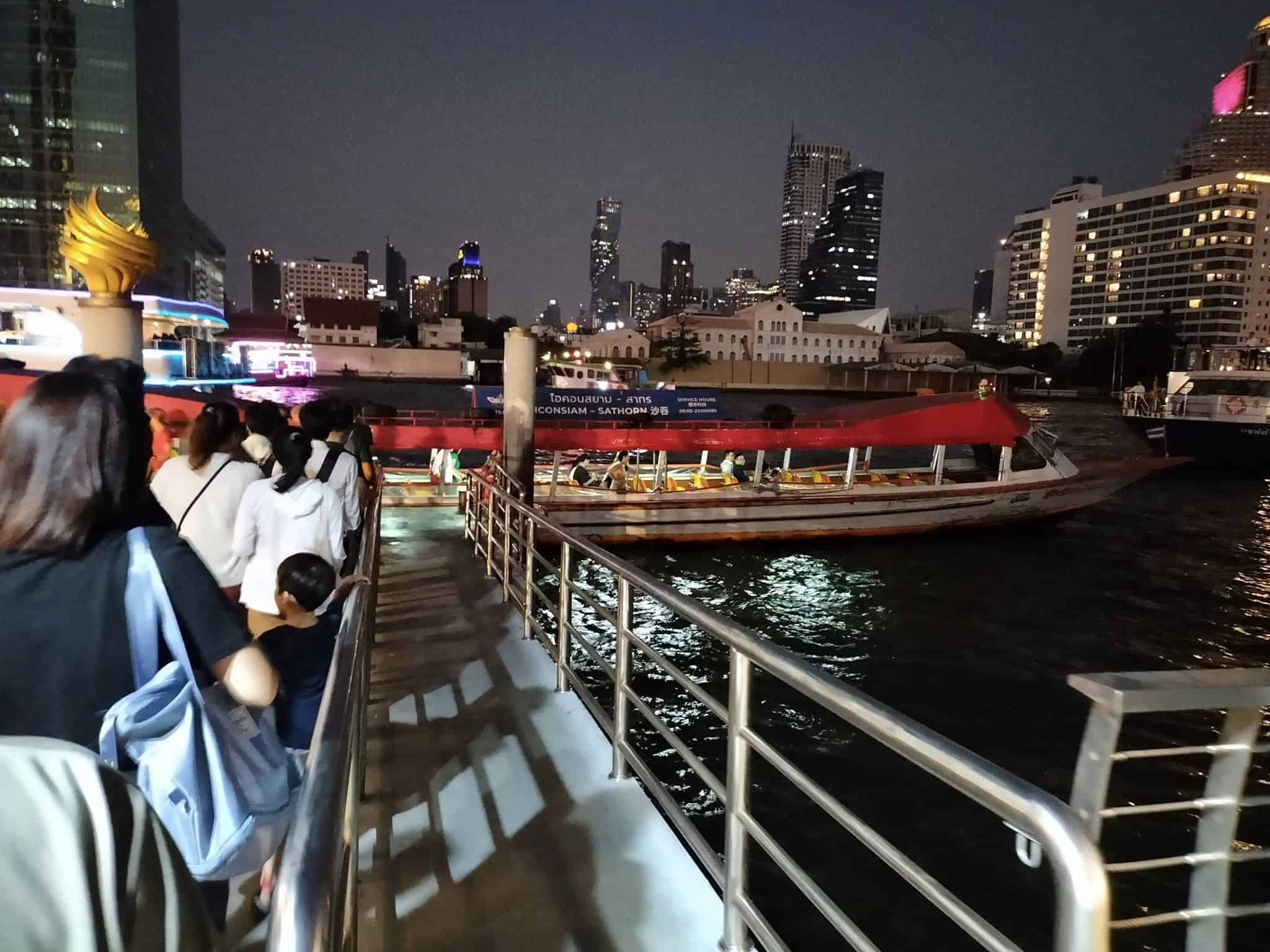
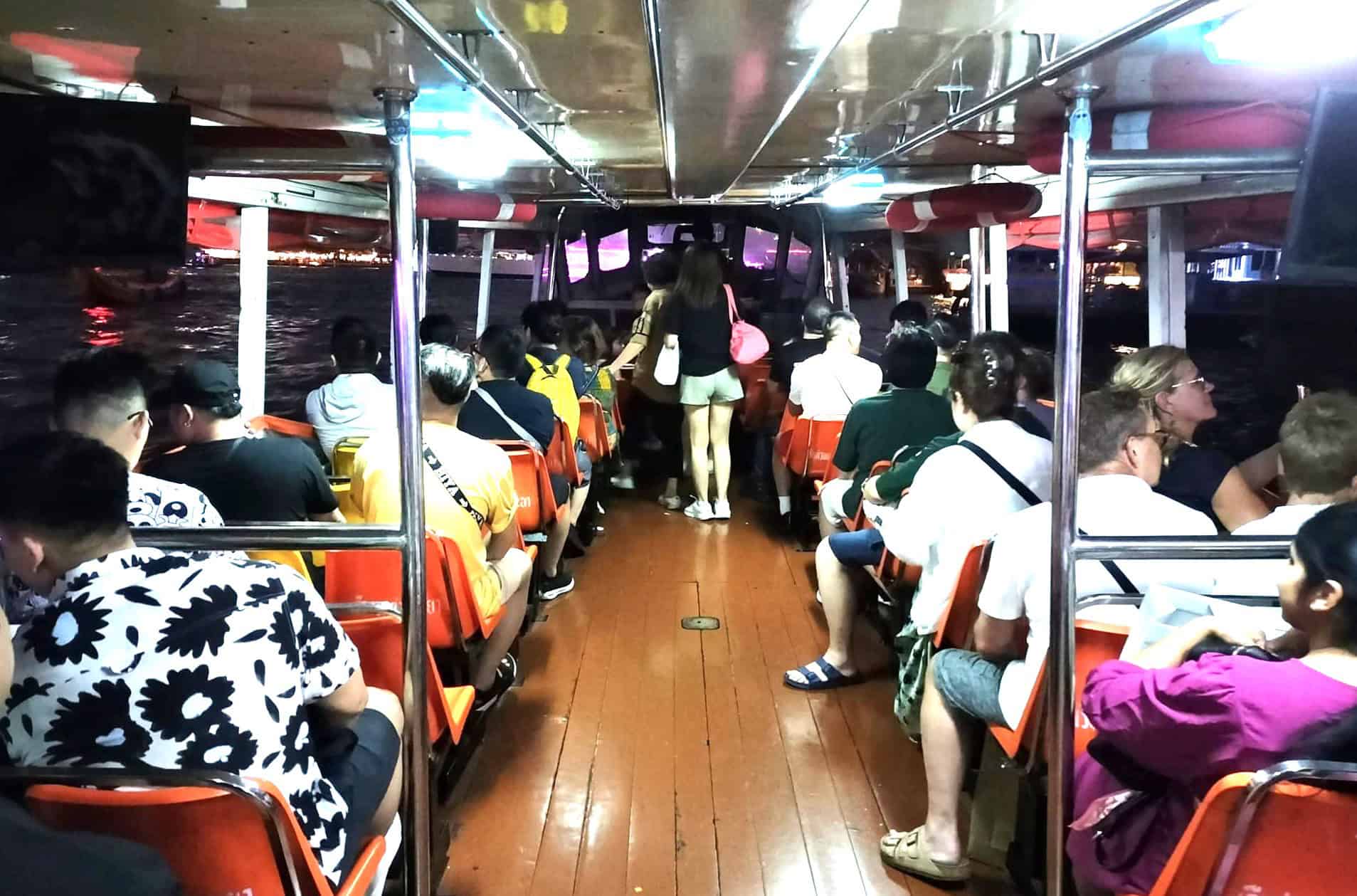
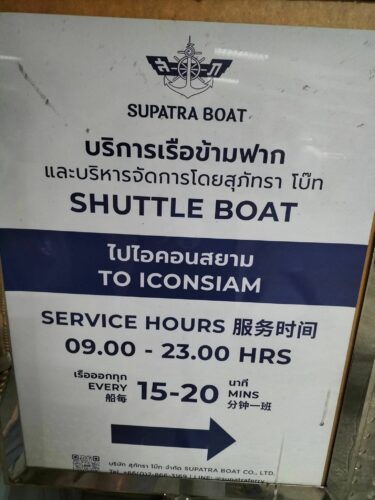
3. Terminal 21
Terminal 21 in Bangkok is a shopping mall known for its unique design, where each floor represents a different international city. The mall offers a variety of retail stores, dining options and a cinema. It includes themed decor and architecture that reflect destinations like Tokyo, London, and Istanbul, creating a diverse shopping environment. The mall is centrally located and connected to the BTS Asok and MRT Sukhumvit stations, making it easily accessible for both locals and tourists.
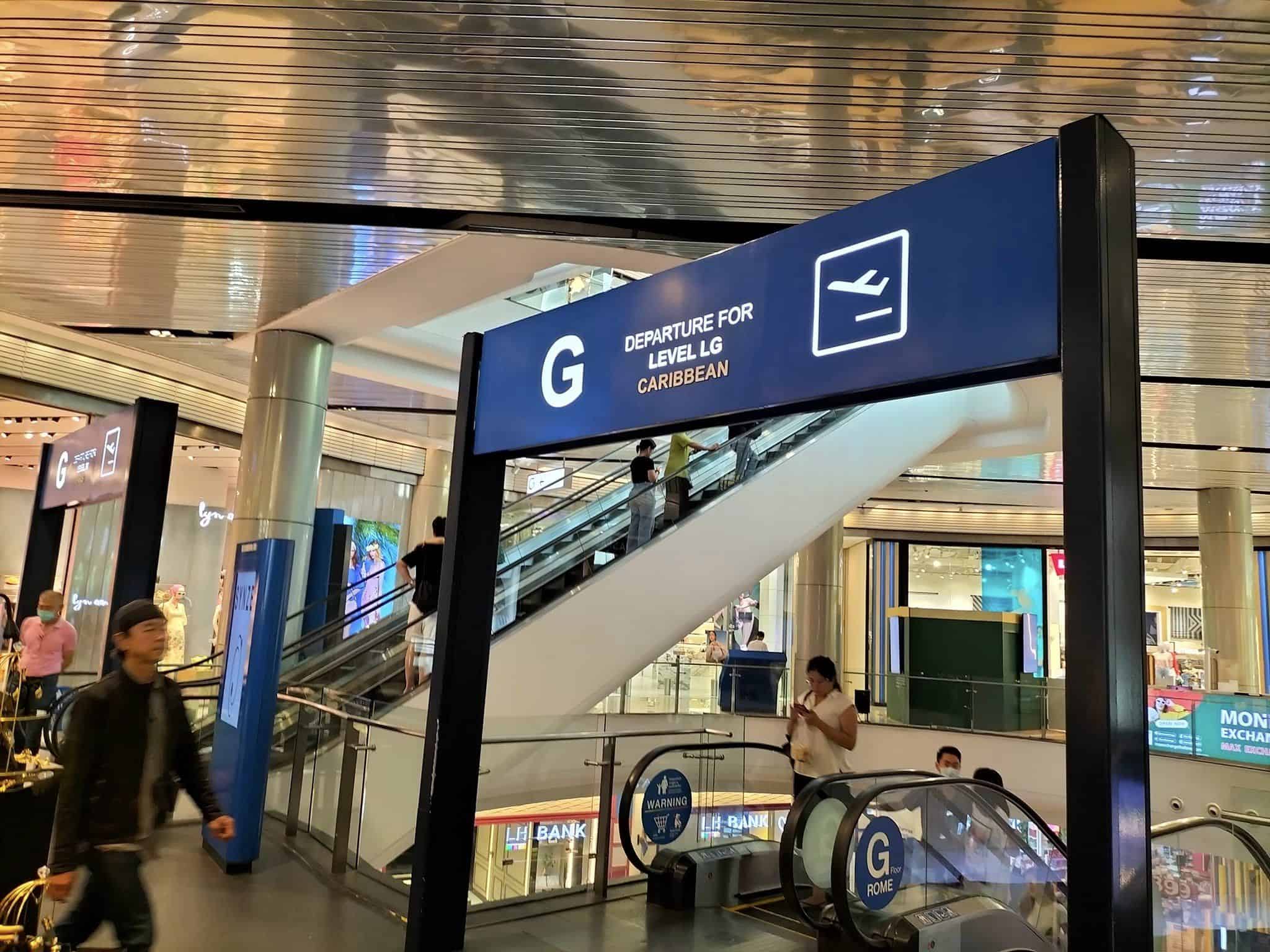
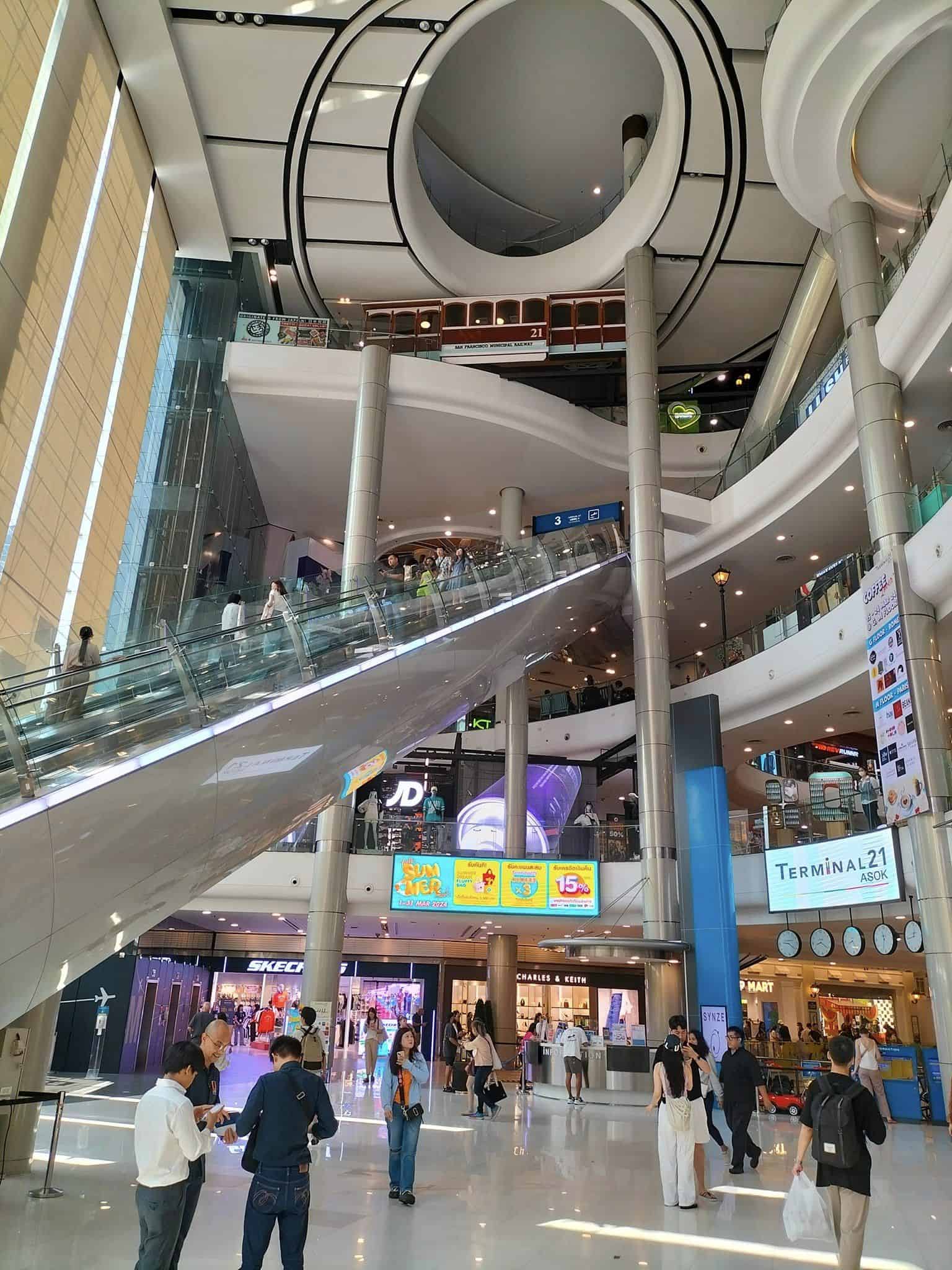
4. Erawan Shrine
The Erawan Shrine in Bangkok is a small but highly revered religious site located near the Ratchaprasong intersection. Dedicated to the Hindu god Brahma, the shrine attracts numerous visitors who come to make offerings and prayers. Known for its constant activity, the site often features traditional Thai dance performances by hired dancers as a form of gratitude from devotees. The shrine’s central location makes it easily accessible and it remains a significant spiritual and cultural landmark in the city.
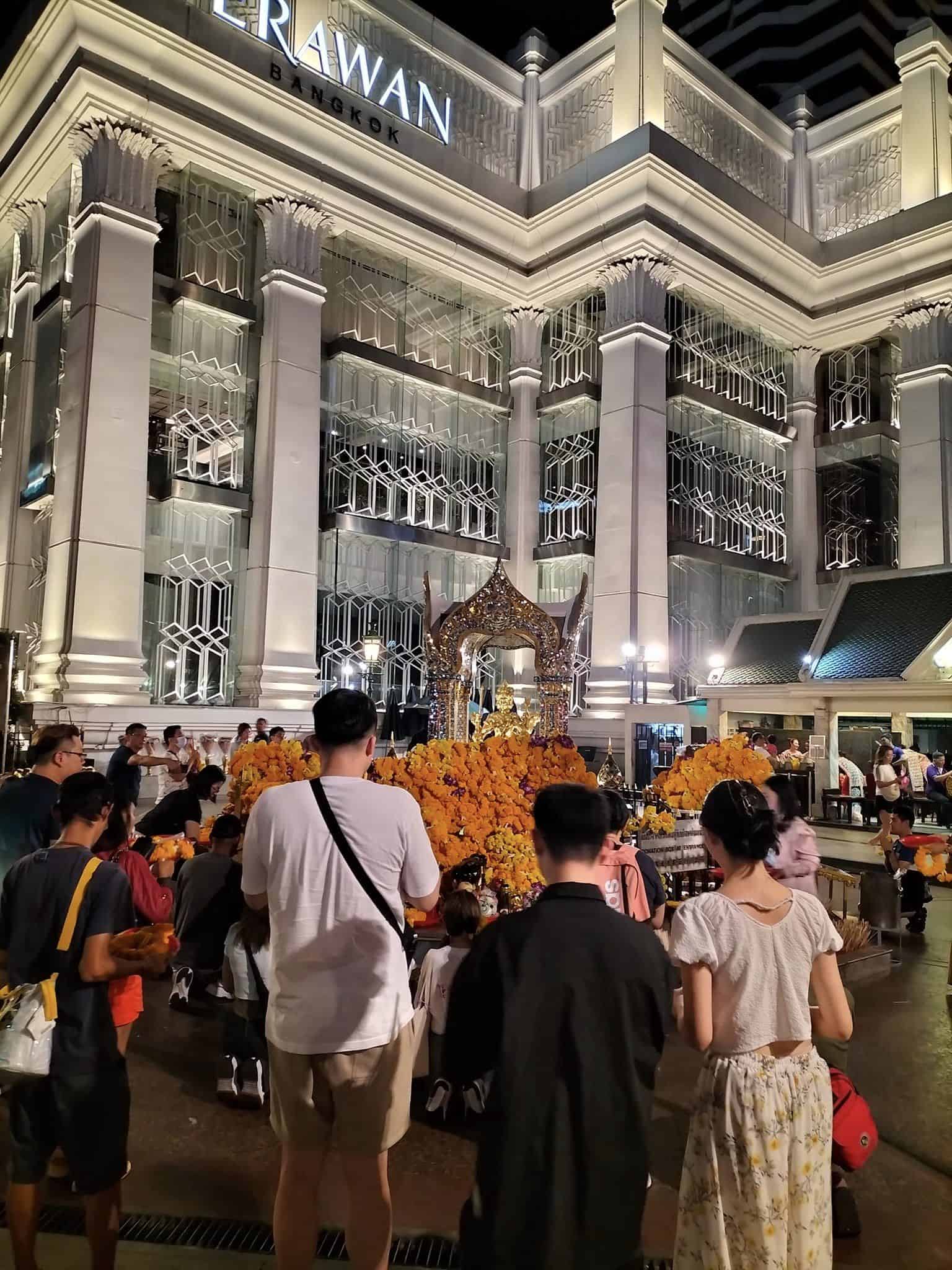
5. Chatuchak Market
Chatuchak Market in Bangkok is one of the largest markets in the world, covering an area of 35 acres. It operates primarily on weekends with thousands of stalls selling a wide variety of goods, including clothing, accessories, home decor, plants and antiques. The market is organized into sections, making it easier to navigate despite its vast size. It is a popular destination for both locals and tourists seeking a diverse shopping experience and is accessible by the Mo Chit BTS and Chatuchak Park MRT stations.
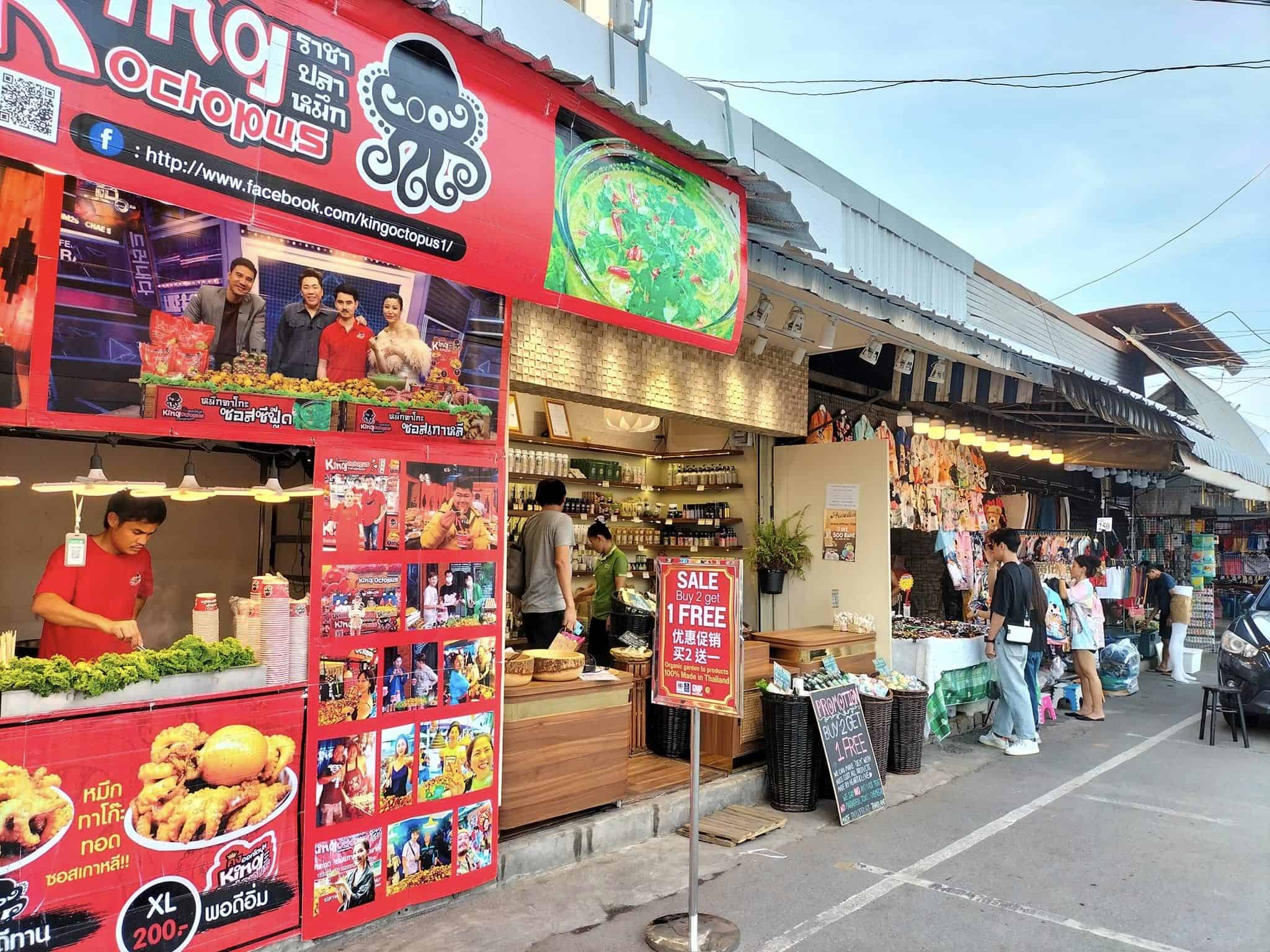
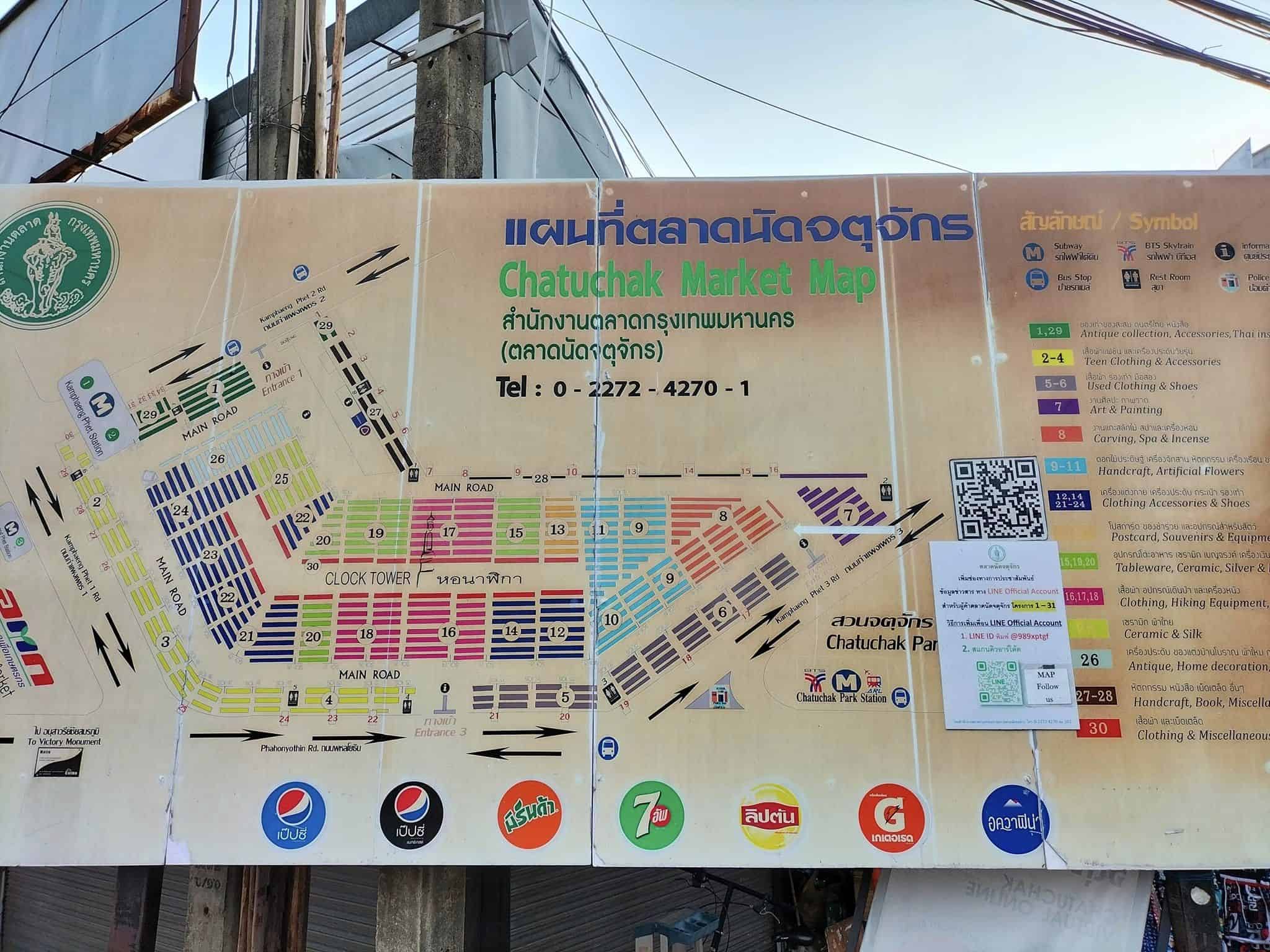
6. Yaowarat Road, Chinatown
Yaowarat, known as Bangkok’s Chinatown, is a bustling district characterized by its vibrant street markets, numerous gold shops and traditional Chinese eateries. The area is densely packed with narrow streets and alleys filled with vendors selling a variety of goods, from food to trinkets. Known for its busy atmosphere, Yaowarat is a significant commercial hub with a strong Chinese cultural influence. The district becomes particularly lively in the evenings, when the street food vendors set up their stalls and the area is illuminated by neon signs.
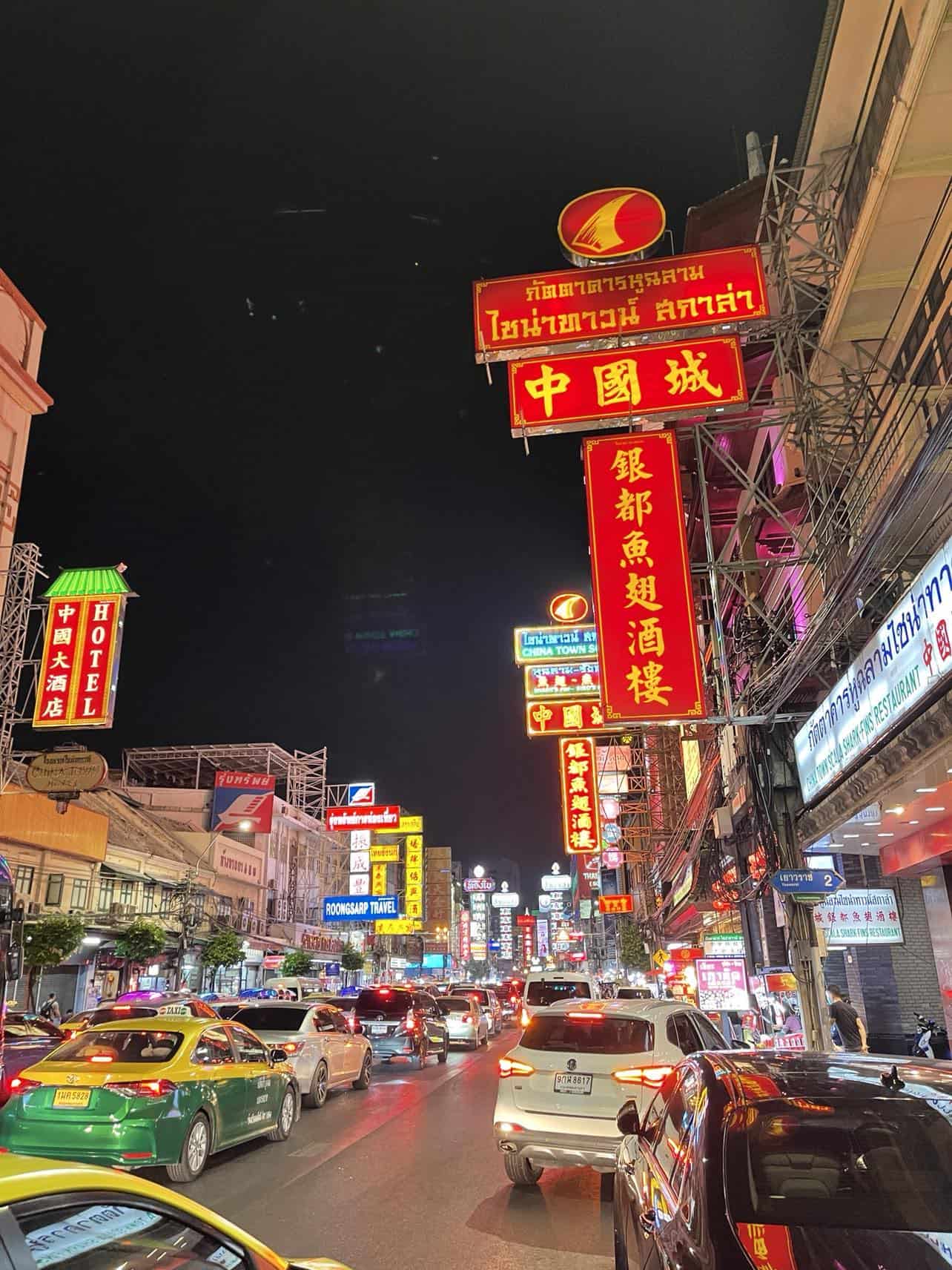
7. Tuk-Tuk Ride
A tuk-tuk ride in Bangkok offers a unique and sometimes adventurous way to navigate the city streets. These three-wheeled vehicles, often brightly colored, weave through traffic with agility, providing passengers with an open-air experience. While they can be a convenient mode of transport for short distances, especially in congested areas, fares are typically negotiated and can vary widely depending on the distance and time of day. Tuk-tuks are known for their lively atmosphere and distinctive engine noise, adding to the city’s vibrant urban landscape. However, travellers should be cautious about negotiating fares upfront and ensuring safety during the ride.
Tips: When haggling for a tuk-tuk ride in Bangkok, it’s helpful to start by asking the driver how much they want for the journey. Usually, their initial price will be higher than what locals pay, so be prepared to negotiate. Politely suggest a lower fare, ideally starting around half of their initial quote. Use nearby taxis or Grab prices as a reference if needed. Stay friendly but firm during negotiations, and don’t be afraid to walk away if the driver won’t agree to a fair price. Often, they’ll call you back to accept a more reasonable offer. It’s also a good idea to agree on the total price before getting into the tuk-tuk to avoid any misunderstandings at the end of the ride.
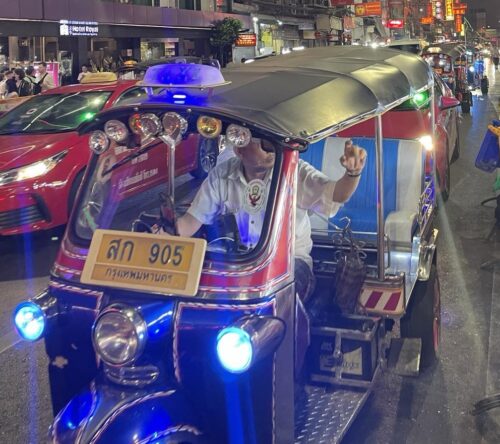
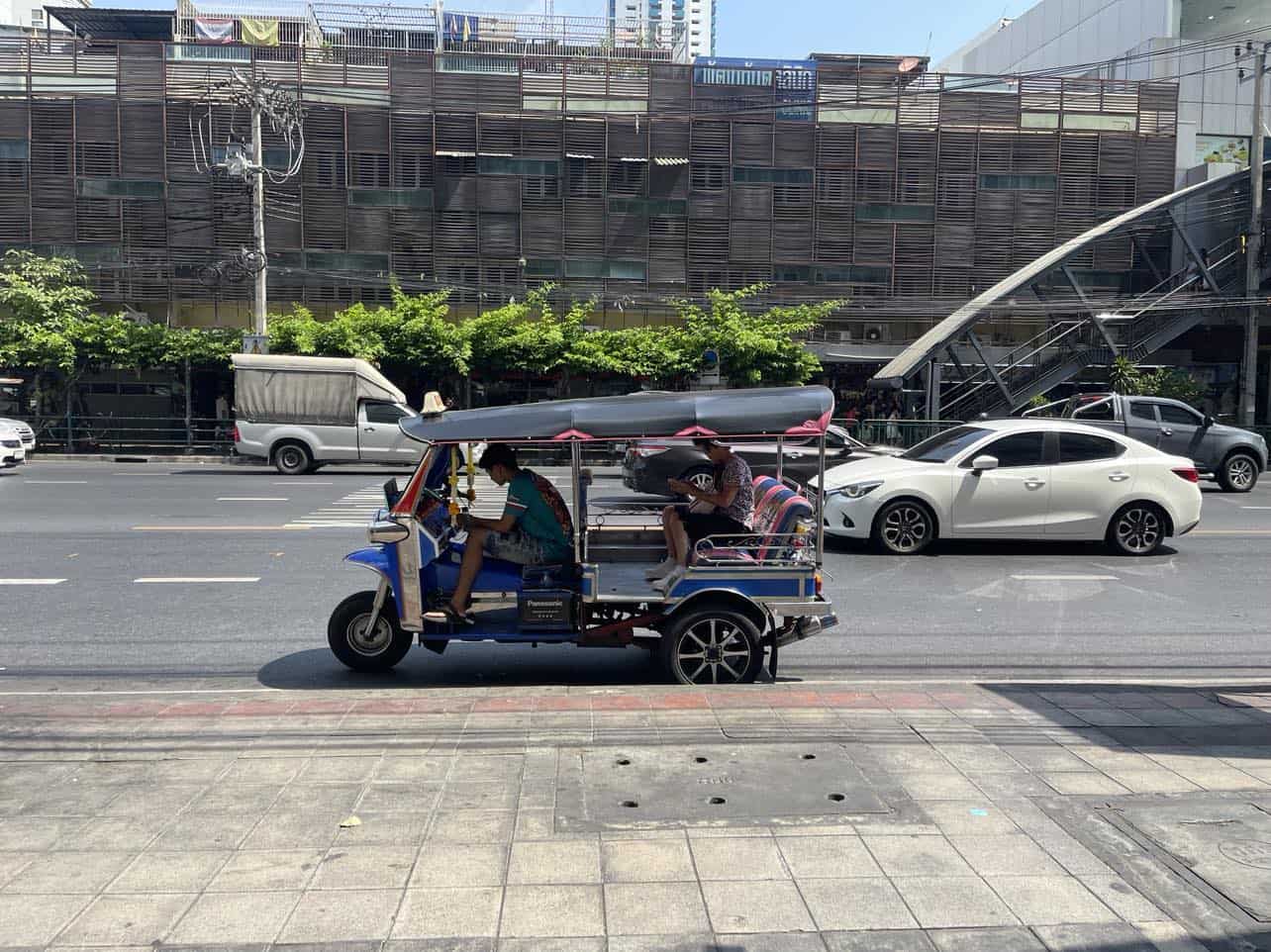
8. Thai Food
Thai food in Bangkok offers a rich tapestry of flavours and dishes that reflect the country’s diverse culinary heritage. Characterized by its use of fresh ingredients, aromatic herbs and bold spices, Thai cuisine blends sweet, sour, salty and spicy elements in various combinations. Street food stalls and casual eateries across the city serve up classics like pad Thai, stir-fried noodle dish and tom yum goong, a spicy and sour shrimp soup. Other popular dishes include green curry with chicken or fish and som tam, a spicy papaya salad. Bangkok’s food scene caters to diverse tastes and budgets, offering an authentic culinary experience from humble roadside vendors to upscale restaurants.
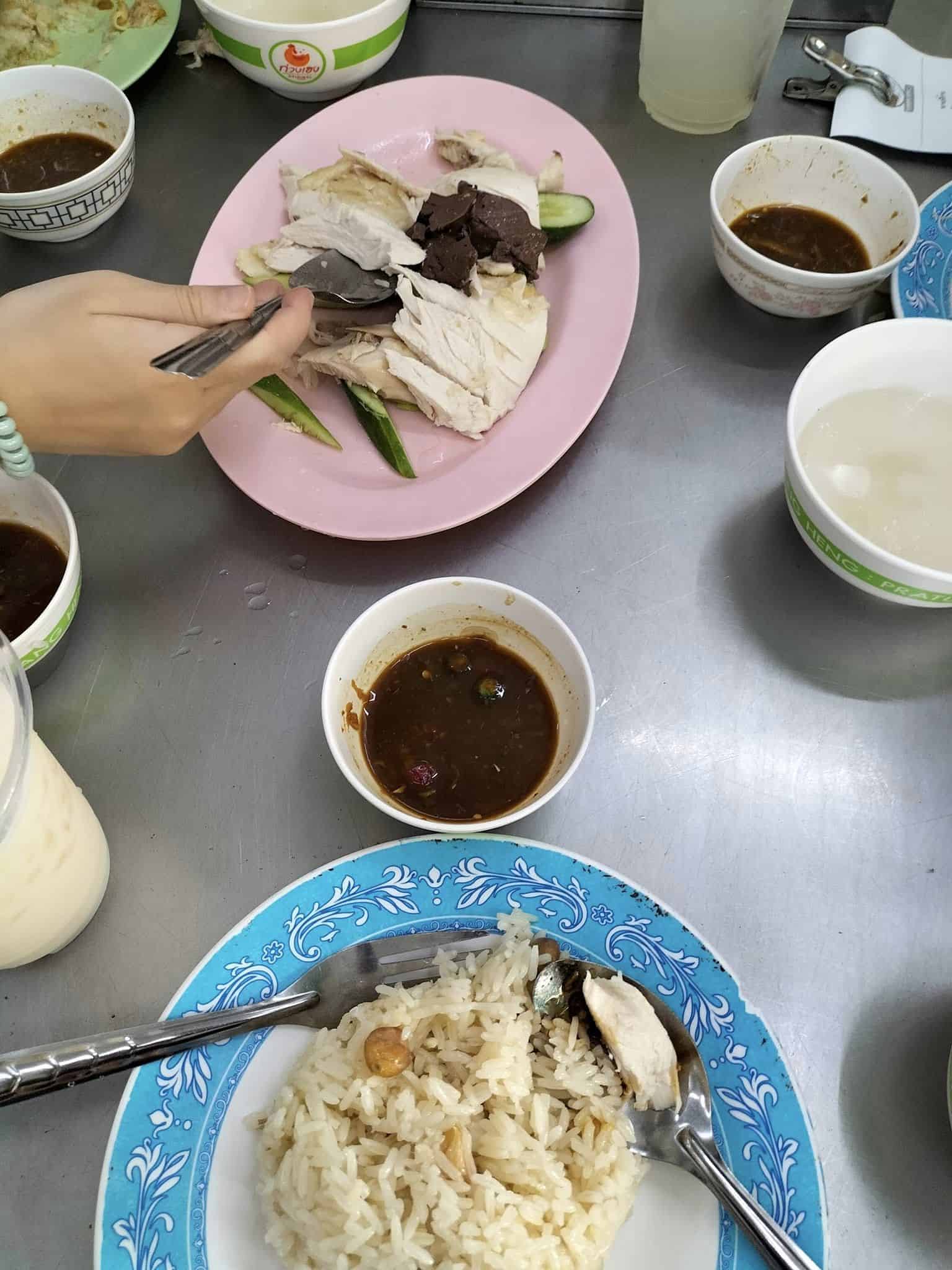
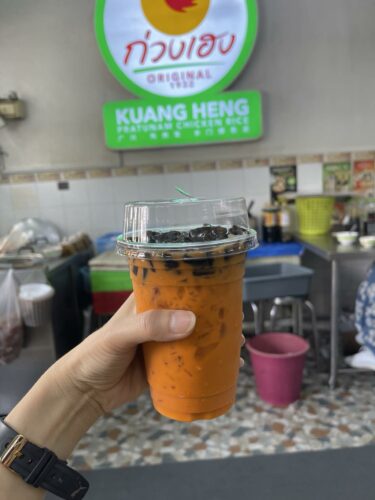
This post contains affiliate links. Please read our privacy policy.
